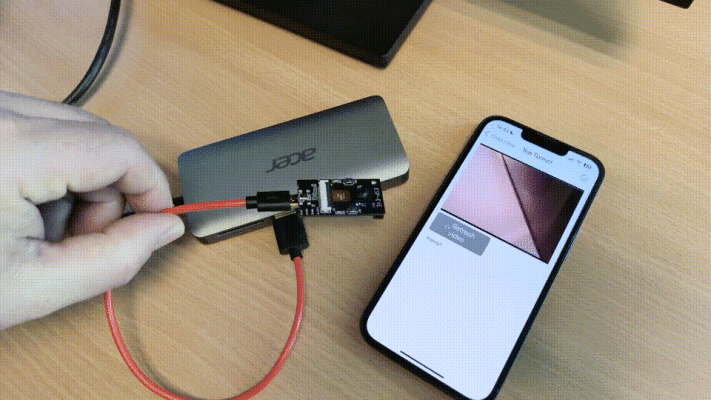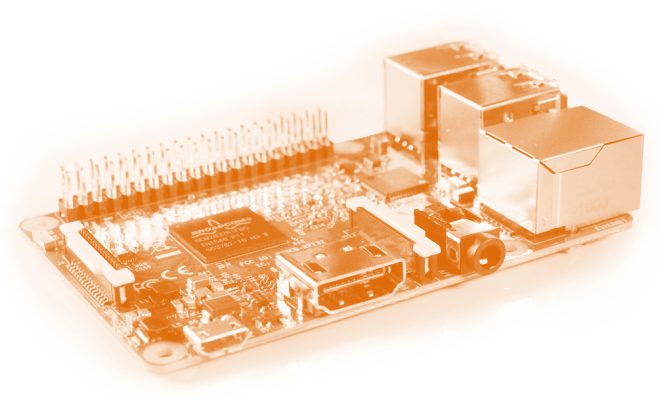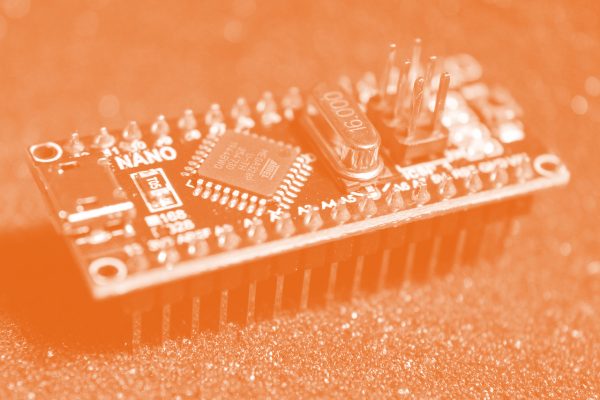Recently, we took an in-depth look at the major features of microcontrollers (MCUs), particularly for use in IoT projects—including why they matter and how to choose one.
In this follow up, we’re going to take a look at specific MCU products that you can use. Most microcontrollers come in a “series,” so we’ll look at the most popular and high-quality series from several of the top microcontroller manufacturers in the marketplace. Let’s dive in.
1. Microchip Technology’s PIC 12/16/18 & PIC32 Series
The PIC12 and PIC16 series of MCUs are mostly for testing or resource-constrained use cases, since both have 8-bit architecture. By contrast, the PIC32 series uses 32-bit MIPS architecture, and includes too many individual MCUs to cover the features of each.
However, other specs are similar across series options. Most use Inter-Integrated Circuit Bus (I2C) and Serial Peripheral Interface (SPI) communication protocols. The number of GPIO pins ranges from 18 to 80, and I/O ports from 16 to 68. Generally, all options contain flash memory, though a few, including PIC18C242, PIC18C252, PIC18C858, and PIC18C658, use One Time Programmable (OTP) memory, meaning the memory contents can only be programmed once, then are set for the life of the device.
Other important features include:
- 77 instructions
- Priority levels for interrupts
- Up to three 16-bit timers/counters
- Pulse-width modulation (PWM) output
- Fast sampling rate
- Programmable code protection
- USB connectivity
All in all, the PIC18 series provides virtually everything you’d need for an IoT project, though it’s rather lightweight for some use cases. It’s not ideal for use with Nabto’s P2P communication platform, in particular, because these MCUs simply don’t have enough processing power.
The PIC32 series is even more diverse and includes many MCUs with processing power for almost any use case (including running Nabto). While the series does use a 32-bit architecture, some devices are based on a slightly dated MIPS32 architecture, while others are ARM-based.
The PIC32MZ EF series, for instance, relies on MIPS. It has 2MB flash memory and 512KB RAM, with an incredibly diverse set of connectivity peripherals. By contrast, the PIC32CM JH series relies on an ARM Cortex processor.
2. Texas Instruments’ SimpleLink & C2000 Series
The SimpleLink series of 32-bit ARM-based MCUs supports more than 10 different wired and wireless communication protocols. These devices are capable of sending signals over a 20km range and consume little energy. When used as part of the SimpleLink software development kits (SDKs), these MCUs become a full IoT development kit.
Different MCUs in the series use Wi-Fi, Bluetooth Low Energy (BLE), Ethernet, USB, and many other connectivity options. They have low processing power, so they’re best suited for resource-constrained, low-power environments.
Here are some other important features:
- Compatible with both RTOS and OS kernels
- Compatible with a wide range of additional plugins and APIs
- Integrated security functions
- Extremely low power consumption
The C2000 series consists of 32-bit MIPS-based MCUs with higher power requirements but a wider performance range (from entry level to high), up to 1.5MB flash memory and 516KB RAM. Higher-end C2000 MCUs are quite capable of running Nabto and operating in energy-heavy environments.
3. Renesas’ Synergy S1/S3/S5/S7, RA, & RX Series
Renesas is one of the leading MCU manufacturers, and a trusted resource for IoT MCUs. The Renesas Synergy MCUs use 32-bit ARM Cortex-M CPU cores and include both resource-heavy and high-processing MCUs, as well as low-power, cost-sensitive options. Each includes native security features, flash memory, SRAM, and a variety of connectivity options.
Here are some other important features:
- Capacitive touch sensing unit (CTSU)
- High-end processing power (S5 and S7 MCUs provide Ethernet and USB connectivity)
- Up to 4MB flash memory for higher-performance MCUs in the series
- Analog peripherals
Renesas’ ARM-based 32-bit RA family of MCUs has many of the same features, but also:
- From 32 to 176 pins
- From 256KB to 2MB flash memory
- Cryptographic acceleration for better security
- FreeRTOS
The RX 32-bit MCU family includes a unique CPU core manufactured by Renesas. Many of these devices include Trusted Secure IP (TSIP) technology with hardware crypto acceleration. This offloads some of the processing burden for encryption to hardware instead of software, an important feature if you want your MCU to work with a public key infrastructure (PKI), and ideal for use with Nabto.
4. NXP’s LPC1100 & S32K Series
The LPC1100 series of MCUs from NXP is power efficient and scalable. These devices are best for entry-level IoT applications or applications that prioritize energy saving, relying on the ARM Cortex-M0 processor, one of the smallest processors in the ARM category.
Here are some other important features, depending on the specific MCU:
- From 32KB to 256KB flash memory
- From 4 to 36KB SRAM
- Up to 80 GPIO pins
- USB connectivity
- Wi-Fi connectivity
- Temperature sensors
- From -40 Celsius to +105 Celsius operating temperature range
These MCUs are also power efficient enough for use in highly resource-constrained IoT environments, but inadequate for use cases that require higher processing power.
The S32K series consists of products with higher RAM and more connectivity peripherals. Several MCUs in the series rely on high-performance ARM Cortex-M7 processor cores.
- I2C, SPI, UART, and CSEc connectivity (some Ethernet (TSN) and HSE-B)
- Up to 8MB memory
- Up to +125 Celsius environment functionality
NXP provides a suite of software and security support for these products, and S32K MCUs have a minimum 15 years product longevity, making them excellent for industrial environments.
5. STMicroelectronics’ STM32 Series
The STM32 MCUs use 32-bit ARM Cortex-M processors and provide both high-performance and relatively low-power operation, along with a wide variety of connectivity options.
- USB, USART, UART, SPI, I2C, and HDMI connectivity
- Audio and graphic capabilities
- Real-time capable
- Up to 1MB of RAM
- 128KB flash memory
With the relatively high-processing capabilities of the MCUs in this series, you can plan for nearly any IoT use case.
6. Espressif’s ESP32 Series
The Espressif ESP32 MCU series is versatile enough to support many different IoT applications while requiring very little energy. In fact, many of the features of this MCU series were built out specifically for mobile or wearable IoT applications, making it one of the best options available.
Some of the MCUs in the series use RISC-V and others are ARM-based, but here are some other important specifications:
- Wi-Fi and BLE connectivity
- I2C, SPI, SDIO, and UART interfaces
- Variety of flash memory options and antenna configurations
- From -40 Celsius to +105 Celsius operating temperature range
If you want an even simpler and lighter-weight product, the Espressif’s ESP8266 includes Wi-Fi connectivity, and though it has little memory, has enough processing power to run Nabto.
The on-board SDKs and connectivity options for many of these MCUs are fine for prototyping or basic testing, but not all are inherently scalable or ideal for environments requiring low latency.
To ensure low latency, turn to Nabto’s P2P connectivity platform. Nabto Edge enables direct P2P connectivity between IoT devices, bypassing cloud layers and enabling speed and high performance. The platform is also ideal for IoT environments where the elimination of an expensive cloud service option would be ideal.To test how Nabto works with various MCUs and IoT developer kits, just look to Nabto’s demo apps, which include video streaming and thermostat applications.







